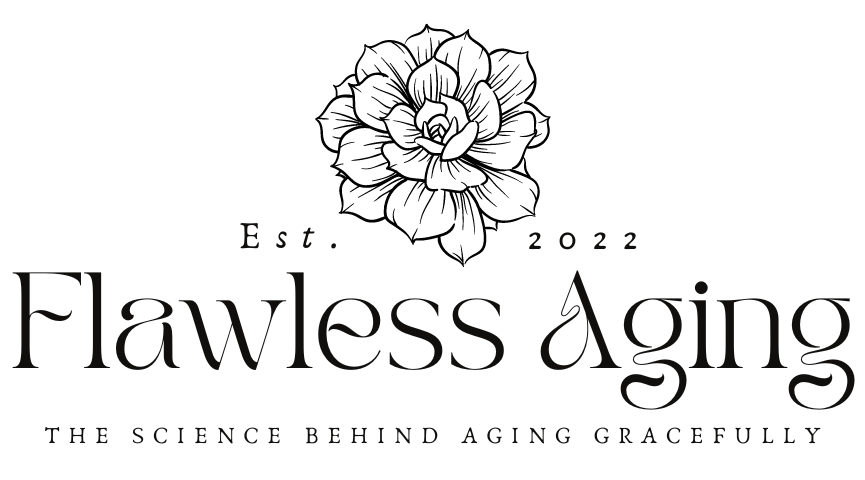Have you ever looked in the mirror and thought, “what happened?” One day your skin is supple, glowing, and plump and the next day you’re staring back at dark spots and fine lines. Aging has that affect the skin, especially the face. The face is exposed to damaging UV rays and toxins on a daily basis. These elements will take a toll on the skin over time. Research shows that prevention is the best and most effective way to work against external skin aging effects. Basically, aging skin is comprised of internal and external components. External requires preventative measures and internal requires diet management.
Effects of a Poor Diet
I recently read about a lady in California that can look at you and tell if you have “sugar face.” This phenomenon displays a face with enlarged pores, oily skin, lack of elasticity, dulling skin pigment, and acne. Another example is “sushi face” which is a high sodium diet. A high sodium diet causes the face to be puffy and swollen, with definitive under-eye bags. A poor diet can also cause inflammation of the skin. Inflamed skin can appear red, rough, and prone to rashes and acne. Over time, these symptoms can cause the elasticity of the skin to break down, resulting in fine line and wrinkles. If not maintained, the appearance will be irreversible.
Eat Healthy
The best way to maintain healthy skin is to eat well. Avoid high processed foods, sugary snacks and beverages, refined carbs, and sodium-ridden meals. Choose foods that are nutrient-rich and in their most raw form. For example, bananas are a great choice but banana chips are loaded with fat, sugar, and calories. Foods are best consumed in their most raw form to reap the benefits of essential vitamins and nutrients.
Choose Food Group Foods
An easy way to know if you’re eating health is to identify if the food is in a food group of its own.
- fruits (apples, clementines, pineapple, berries, etc.)
- vegetables (carrots, radishes, celery, leafy greens, asparagus, etc.)
- healthy fats (avocados, nuts, seeds, etc.)
- lean proteins (chicken, turkey, eggs)
- grains (oatmeal, bran, quinoa, millet, etc.)
You may notice that dairy is not listed and that is because of sensitivities and intolerances that some have with consuming dairy products. If you do have a dairy sensitivity, then you will experience side-effects of inflammation and possible breakouts.
Read labels
Many pre-packaged foods contain high amounts of sugar and fats. Some pasta sauces contain high amounts of added sugars. Read nutrition labels and ingredients and opt for those that have fewer listed ingredients. The fewer the ingredients, the better. And remember, just because one brand is known for being healthy in a particular item does not mean it’s the best choice for other items. For example, a jar of pasta sauce in Brand X is low in sugar and ingredients but the same Brand X of Alfredo sauce contains more additives and is higher in calories that other brands.
Reading Nutrition Labels
- Serving size
- Serving size tells the caloric amount and nutrient amounts for a single serving. If a serving is 1 cup and you eat 2 cups, you are doubling the amount of calories and nutrients.
- Nutrient content
- Consume less
- saturated fat
- sodium
- added sugar
- Total sugars is different from added sugars. Healthy foods may contain a total number of sugar, however, unhealthier options will have “added sugar” or sweeteners. Look for this number and choose foods with less added sugars.
- Consume less
Breaking It All Down
The diet you consume will impact your skin. You may not notice it right away, but there is a skin diet connection that is associated with aging. By choosing to eat healthy, you’re preventing the signs of aging skin while taking care of the only body you have.
Read “Aging and Thin Skin” for tips on preventative maintenance of aging skin.





